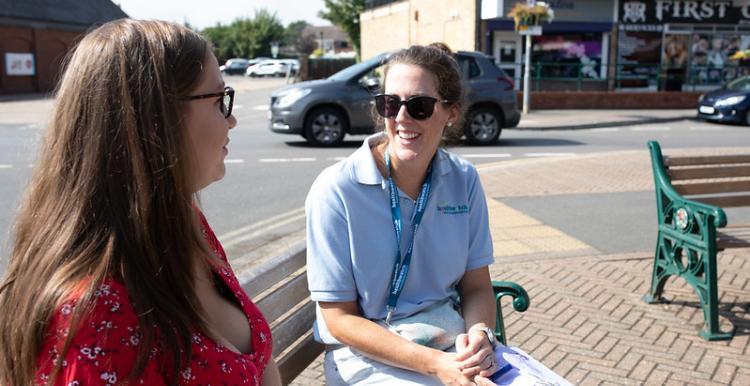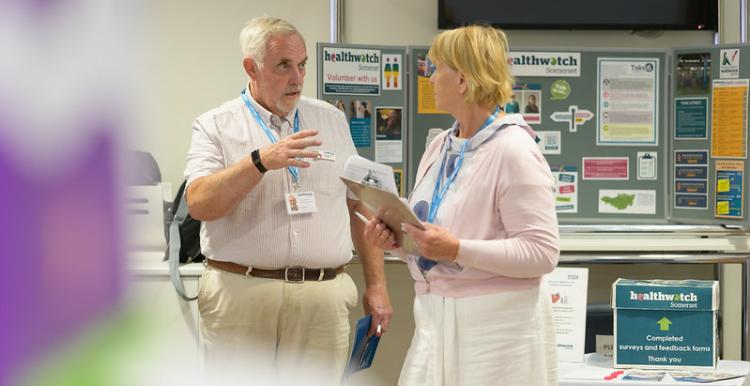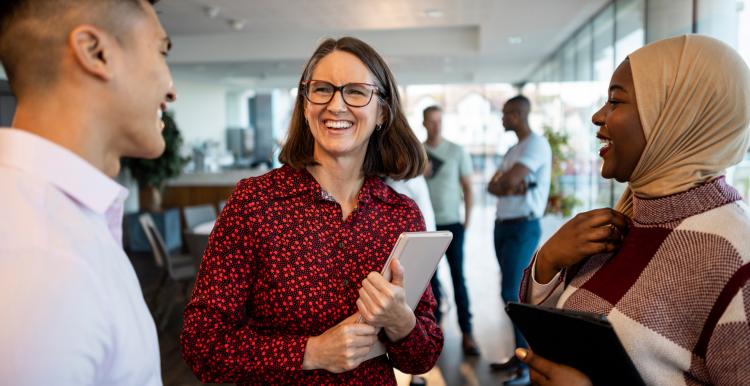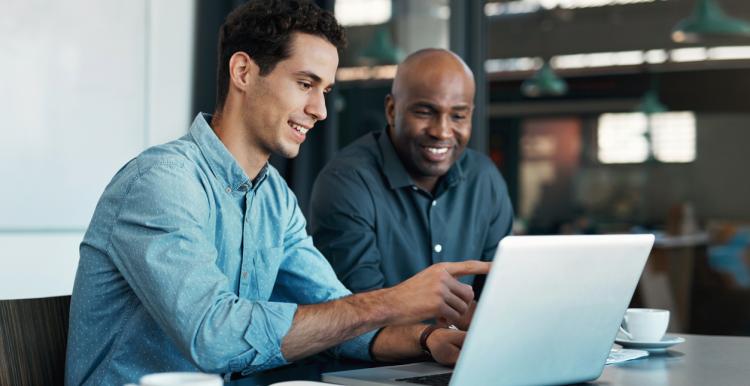Annual Satisfaction Survey and Healthwatch People Diversity Survey
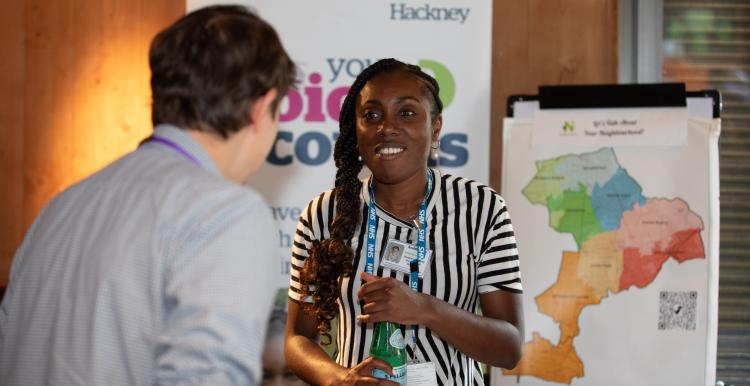
-
Annual Satisfaction Survey
Every year, your insights have been instrumental in shaping our support to Healthwatch. This year, we are requesting each Healthwatch to complete the satisfaction survey responses on behalf of your organisation. This survey will provide a comprehensive understanding of the views and experiences of your staff, volunteers, and board members collectively, helping us to learn and tailor our support to better meet your needs.
-
Healthwatch People Diversity Survey.
As part of our commitment to Equality, Diversity, and Inclusion, set out in our Roadmap, we collect data about the demographic profile of Healthwatch staff, volunteers, and Board/Advisory board members. We use the data to help us track the extent to which we reflect the communities we serve and whether the measures taken by individual Healthwatch together with the training provided by Healthwatch England are making a difference. You can view and download the questions below.
The single survey is made up of two parts for your convenience and efficiency. Both sets of information will need to be uploaded together. You can access the template survey, and it is also available in SMART survey to copy and download and use for those Healthwatch with a licence.
To upload your data, please go to this link. Survey responses are needed by 28 February 2024.


